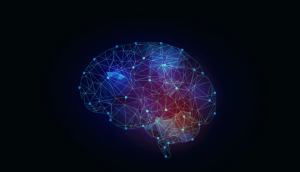We are influenced by others and our relationships more than we think.
In recent years, autonomy has be
Social rejection = Physical pain (T/F?)
This trait is certainly a fantasy reaction to the embarrassing reality of our extreme social sensitivity. Research has shown that social rejection generates the very same reaction in the brain as does physical pain. “Considerable evidence from human and animal research supports the hypothesis that physical and social pain relies on shared neural and neurochemical substrates. Although surprising in some ways, this co-opting of the primitive physical pain signal to indicate the possibility of broken social bonds highlights the critical role that social ties have played in the survival of our species.”1
The need for approval
Even if we are unaware of it most of the time, we continuously check for approval and disapproval of others. In particular, it seems that we are frantic “eyebrows readers”: of all the possible markers of non-verbal communication, the eyebrows seem to reflect with the highest accuracy of the inner state of any given person. And all of us happen to unconsciously check the eyebrows of the person we are speaking with. If our brain perceives anything indicative of potential criticism and rejection, our amygdala will awaken vigorously, and a wave of social pre-panic will surge.
It’s all about the connection
“The fact that a large portion of human emotion is devoted to the maintenance of interpersonal connections points to the importance of acceptance and belonging in human affairs. People are inherently motivated to be valued and accepted by other people, and many of the emotions that they experience reflect these fundamental interpersonal concerns.”2
The pressure of social conformity is so strong that when making judgments in a group, we often revise our initial beliefs about the best judgment to make given what others believe3. We all experience change in our opinion or stance on something to please someone else -which contradicts our grand ambition to be fully independent and autonomous. When it happens, we often slip in denial and perhaps begin to adopt group thinking and behaviors. We are geared towards unity that we are heavily influenced by others and group dynamics. Understanding this possible behavior outcome, allows us to stay more mindful and present. By checking in internally with our value system, we provide the self-knowledge for choice – either we will agree with the group’s consensus and join in, or remain independent. The power here lies in our self-awareness which ultimately supports our growth, independence, and confidence.












